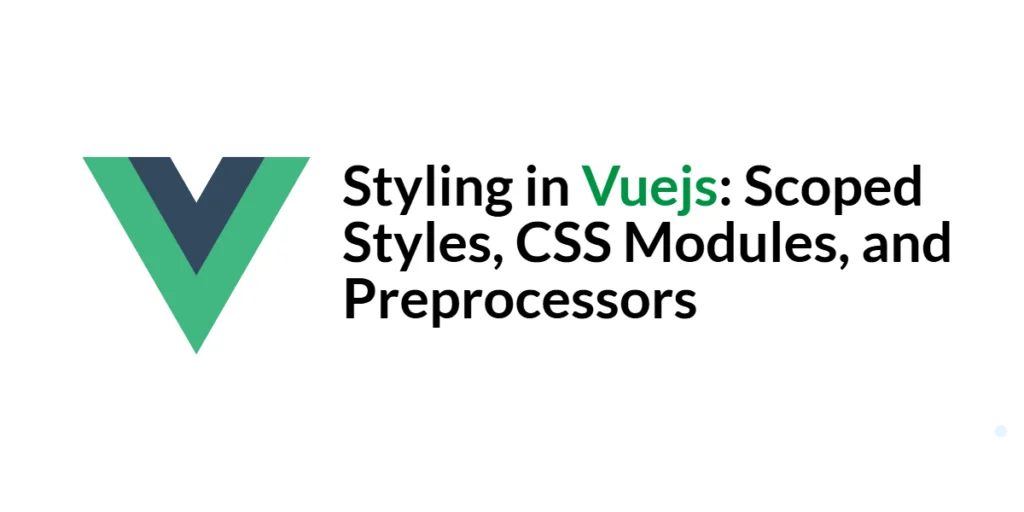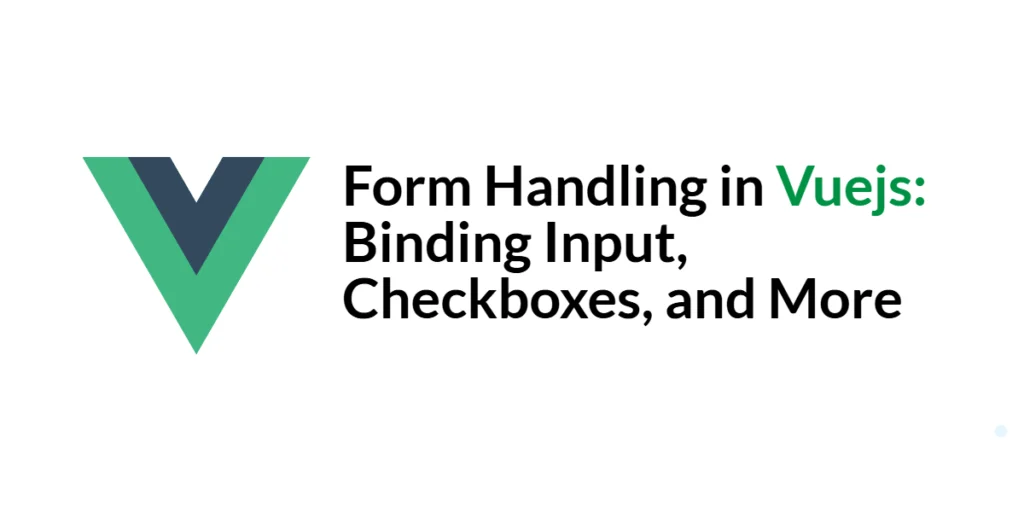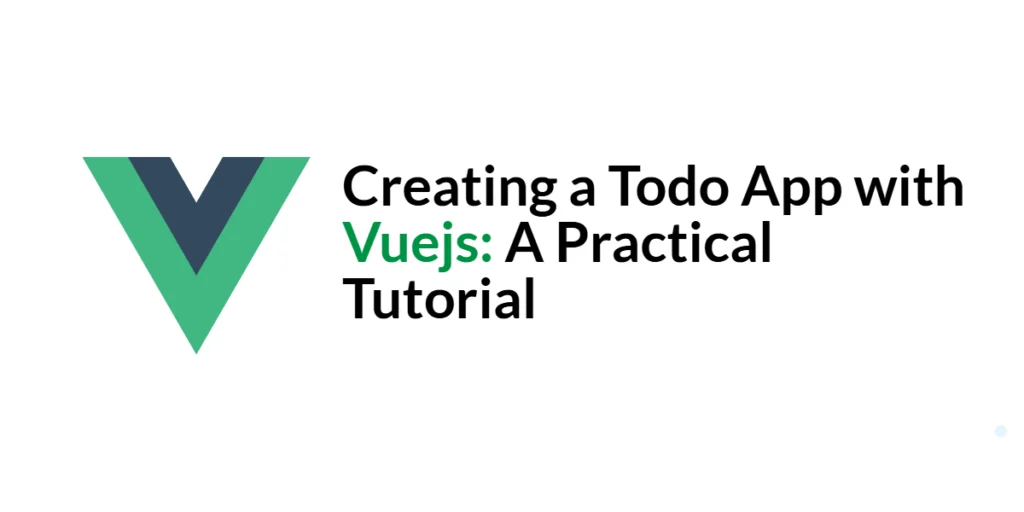Styling in Vuejs: Scoped Styles, CSS Modules, and Preprocessors
Styling is a critical aspect of building attractive and functional web applications. In Vue.js, developers have various options for styling components, including scoped styles, CSS modules, and CSS preprocessors. Scoped styles ensure that styles defined in a component do not leak out and affect other components. CSS modules provide a way to modularize and locally […]
Styling in Vuejs: Scoped Styles, CSS Modules, and Preprocessors Read More »









